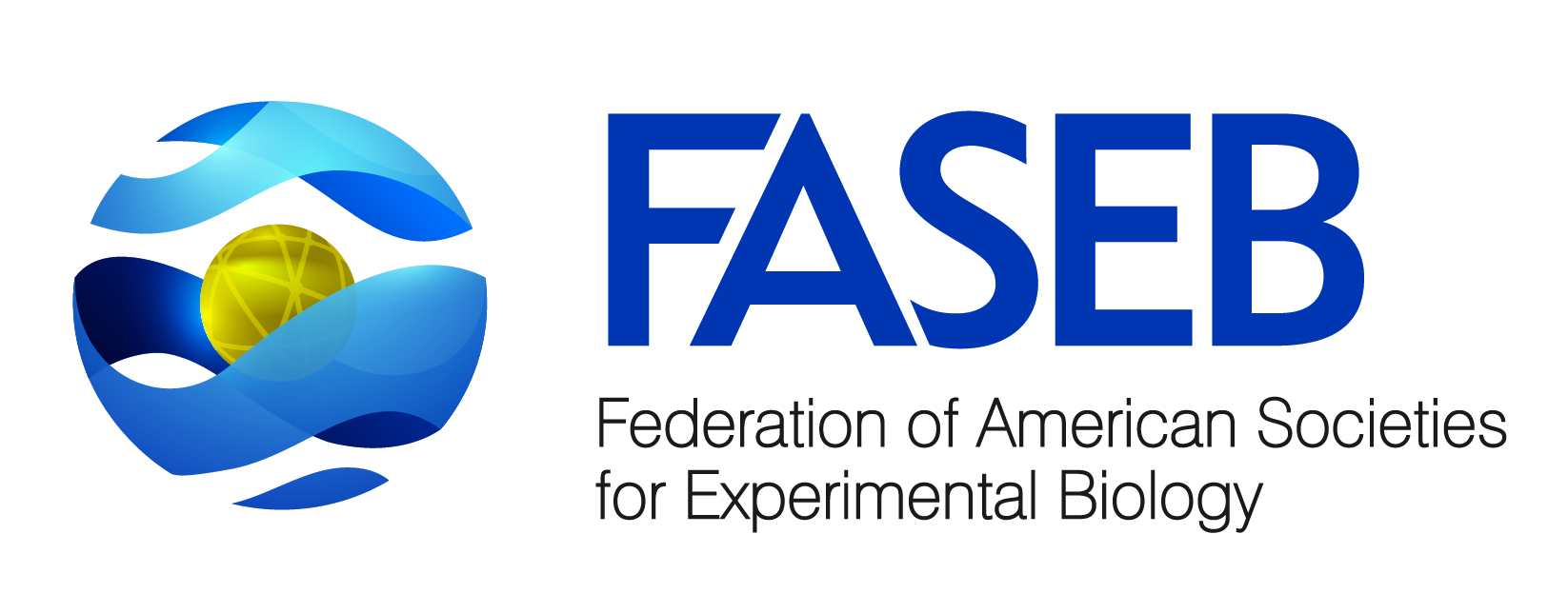Contact: [email protected]
Newswise — BETHESDA, Md., March 9, 2016 – Six scientific societies will hold their joint scientific sessions and annual meetings, known as Experimental Biology (EB), from April 2-6, in San Diego. This meeting, EB 2016, brings together the leading researchers from dozens of life-science disciplines. The societies represented at the meeting will be: the American Association of Anatomists (AAA), the American Physiological Society (APS), the American Society for Biochemistry and Molecular Biology (ASBMB), the American Society for Investigative Pathology (ASIP), the American Society for Nutrition (ASN) and the American Society for Pharmacology and Experimental Therapeutics (ASPET).
Below are some programming highlights:
Optimizing the aging brain through nutrition (ASN)Every 67 seconds, someone in the United States develops Alzheimer’s disease. Given that the number of people with cognitive impairment is expected to nearly triple by 2050, there is a keen interest in helping people maintain cognitive function for as long as possible. Within the past year, new research has emerged for nutrient-brain mechanisms, and the potential for bioactive food components, regenerative medicine and new research technologies to improve cognitive performance during aging. This session will highlight the most current work from researchers in these fields and identify future efforts to explore and improve brain function through nutrition during aging. (Sunday, 4/3)
New vistas on drug and gene therapies in Down syndrome, autism and Alzheimer's disease (ASPET)The pharmaceutical industry has largely withdrawn from central nervous system (CNS) drug discovery as these drugs take longer to develop and tend to have a lower success rate. However, recent research developments have brought hope that new drug or gene therapies for CNS diseases such as Down syndrome, autism, Alzheimer's disease and leukodystrophies can be pursued. This symposium gathers leading researchers to describe and discuss these developments. (Sunday, 4/3)
Eliminating perverse incentives in research (ASBMB)Scientists are expected to publish in high-impact journals, secure grants, get tenure and comply with regulations. These expectations ultimately lead to perverse incentives that contribute to the rise in irreproducible research, more time spent writing grants and papers and less time devoted to experiments and training. ASBMB’s Public Affairs Advisory Committee will host a symposium about these pressures and how the scientific community can instead incentivize great research. (Sunday, 4/3)
Tissue mechanics and biomedical engineering (AAA)Understanding the development of the cardiovascular system can have broad reaching implications in helping to repair heart tissue damage and understanding embryonic heart development. The Tissue Mechanics and Morphogenesis Mini-Meeting will host speakers in the field of heart tissue development, researchers studying how to reprogram live cells and researchers investigating how to better understand cell and extracellular matrix interactions during cancer invasion. Sessions held in part with collaboration from the Biomedical Engineering Society. (Monday, 4/4)
Molecular pathogenesis of triple-negative breast cancer: Implications for prevention and therapy (ASIP)Breast cancer represents a major health problem for women in the United States and around the world. While most breast cancers respond well to treatment when diagnosed at an early stage, patients with a subtype known as triple-negative breast cancer have few treatment options and a very poor prognosis. In this symposium, speakers will discuss current research into the molecular drivers and genetic mutations relevant to triple-negative breast cancer, as well as emerging leads for developing treatments to more effectively fight this aggressive form of breast cancer. (Monday, 4/4)
Natural products: Biological effects and therapeutic potential in human disease (APS) Roughly 70 percent of the drugs used to treat infections and control pain are derived from natural products or their chemical components. Recent studies suggest, for example, that green tea could hold benefits for osteoporosis and autoimmune disease, and that curcumin—the ingredient that gives turmeric its yellow color—could hold promise as a treatment for diabetic neuropathy. In this discussion, researchers will explore how these and other natural substances could be developed into treatments for common diseases. (Wednesday, 4/6)
Media Registration Free registration is available to credentialed representatives of the press, and an onsite newsroom will be available for media. Detailed instructions for individuals who wish to request press passes are available on the website.
